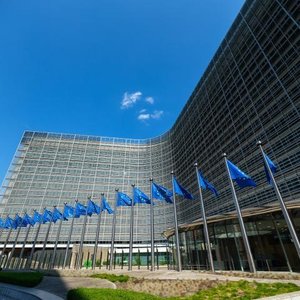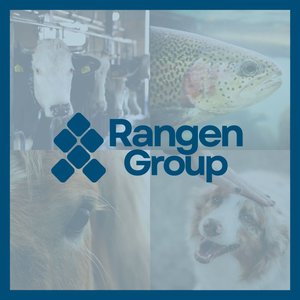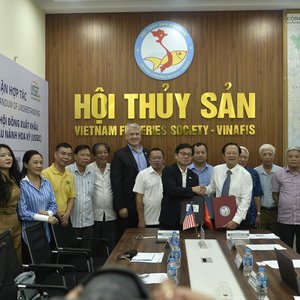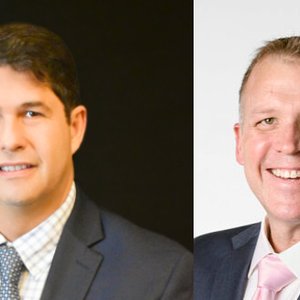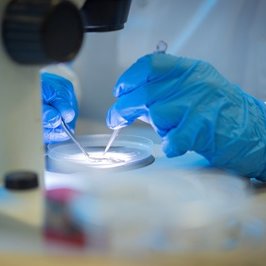The Norwegian government has launched a community mission with the goal that all feed for farmed fish and livestock must come from sustainable sources by 2034. The government has appointed a steering group that will provide professional and strategic advice to achieve the goals set for the community mission.
“Fish is good for the climate and health. At the same time, we see that we source too much raw material from abroad. A sustainable production of feed based on more Norwegian raw materials will be able to reduce climate emissions and strengthen our degree of self-sufficiency,” said Fisheries and Oceans Minister Marianne Sivertsen Næss.
Today, the proportion of Norwegian-produced raw materials in fish feeds is 8%. The government aims to increase this to 25% by 2034. In livestock feeds, the aim is to increase the share from 55% to 77%.
The steering group
The steering group from which the government aims to get advice to reach these goals has the following members:
- Nils Vagstad, NIBIO (leader)
- Leif Kjetil Skjæveland, Skretting
- Erik Olav Gracey, BioMar
- Erling Aas-Eng, representative of the Norwegian Farmers' Association
- Kristin Alnes, Seafood Norway
- Anja Bakken Riise, The future in our hands
- Joakim Hauge, Bellona
- Kari Ljøkjel, Felleskjøpet feed development
- Inge E. Næsset, Norwegian Food Safety Authority
The mission
The main goal is that all feed for farmed fish and livestock must come from sustainable sources by 2034 and contribute to reducing greenhouse gas emissions in food systems. The community's mission is to help preserve natural diversity, develop a strong feed ingredient industry and increase security of supply in Norway.
The subgoals are the following:
- Reduce greenhouse gas emissions from raw materials in accordance with the current Norwegian climate commitments.
- Increase the proportion of imported feed raw materials with the aim of reducing the global climate footprint.
- Increase the proportion of Norwegian-produced raw materials in feed for farmed fish from 8% to 25% by 2034.
- Increase the proportion of Norwegian-produced raw materials in concentrated feed for livestock from 55% to 70% by 2034.
- Increase the quality and proportion of forage in the feed ration for ruminants.
- Ensure access to critical micro-ingredients for fish and animal feed by 2034.
The goals that have been set are a combination of ambitions and what is expected to be possible, and it has taken into account that the goals can be adjusted as experience is gained from the social mission. The community mission will be evaluated in 2026, including any scaling up or downscaling of the sub-goals.




